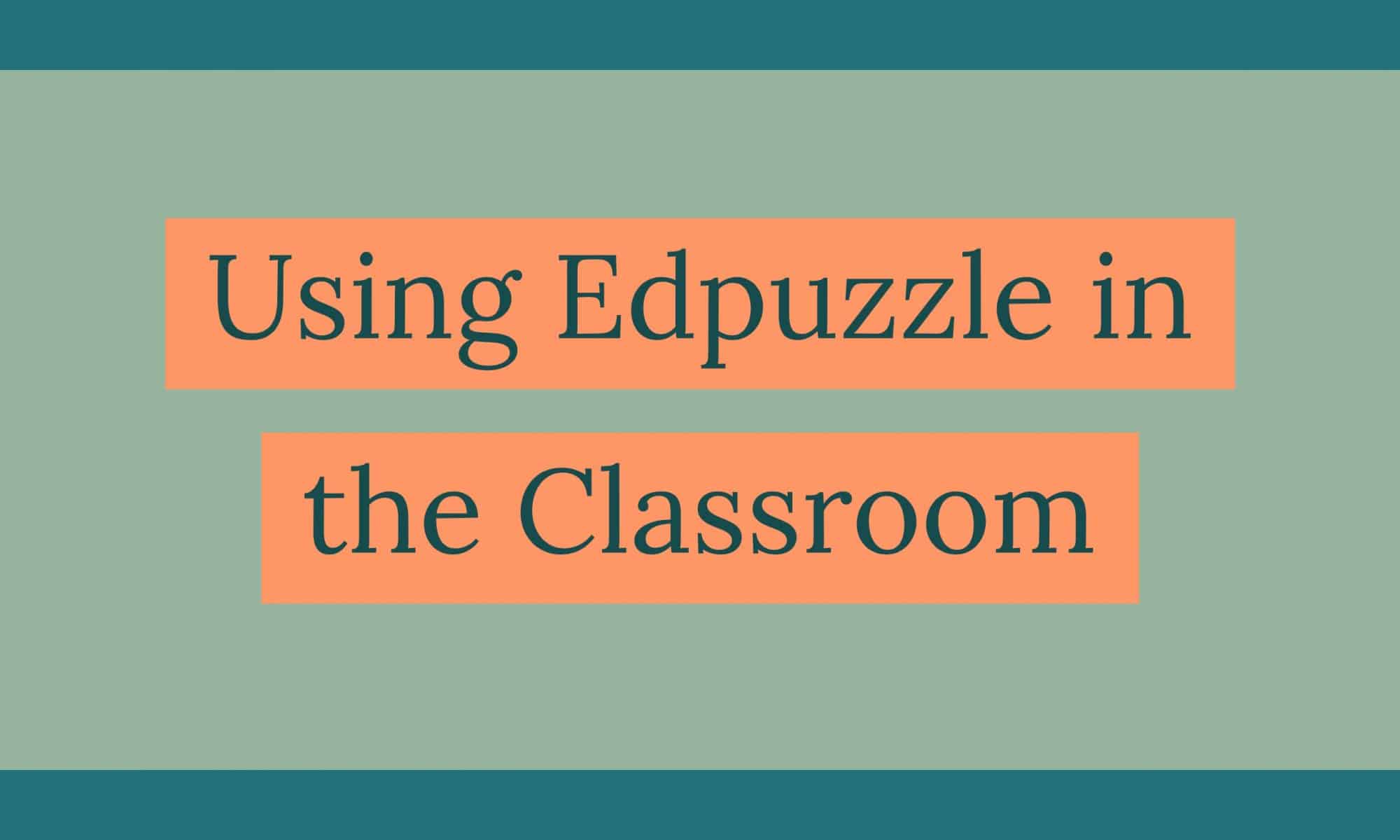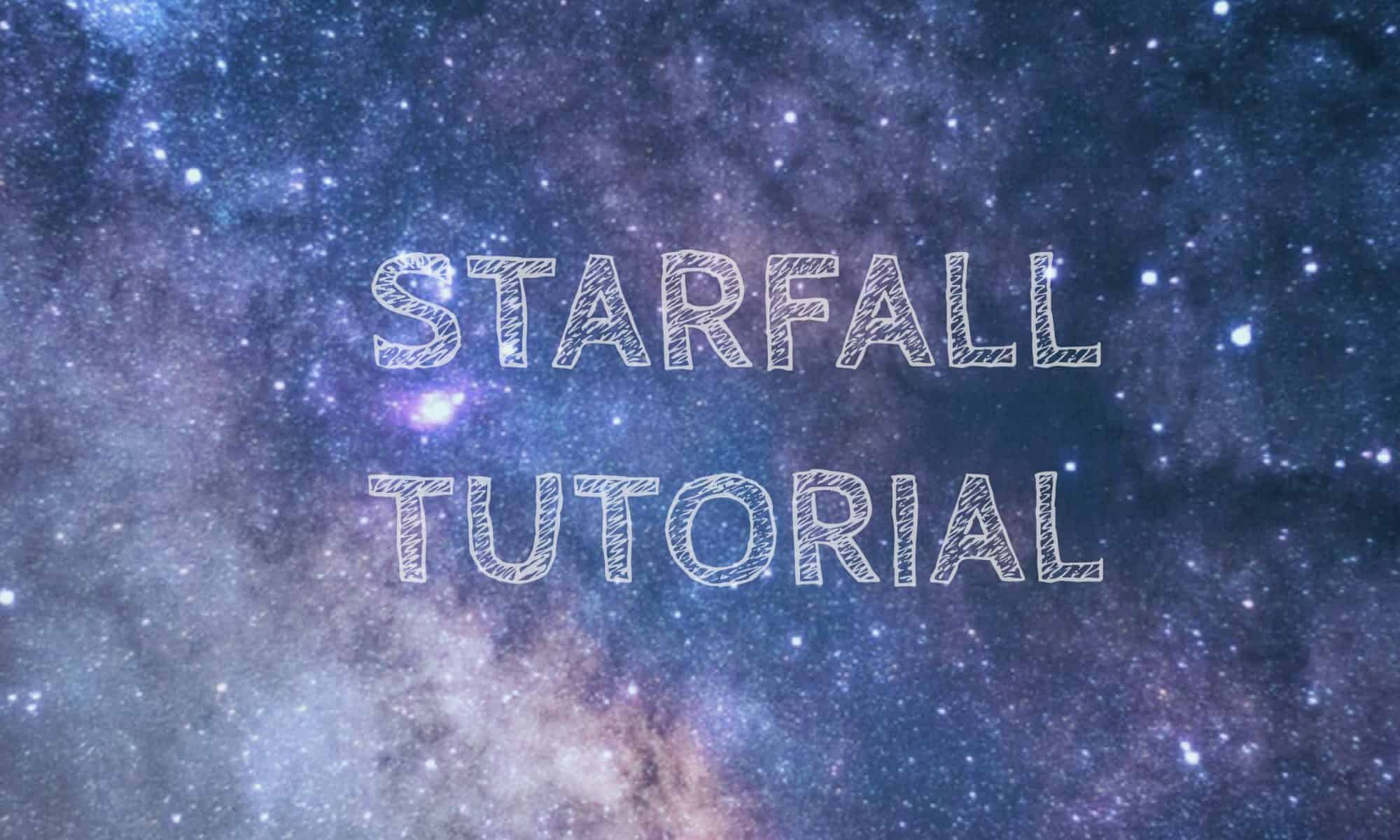Throughout this class, we have learned about a variety of technological tools that can be valuable for an interactive learning experience in the classroom. The majority of these tools I was unaware of, so I think it has been extremely useful to learn how to integrate these into our future lessons.
One great tool that we got to try is Toontastic. Toontastic allows students to create their own short, animated videos. This is a great resource for students to report on knowledge they have learned, whether it be on a book or on a science experiment, or to tell a short story. There are many options for students to customize their story on the app.
For our final project, we are proposing using Toontastic and screen casting in a science lesson. Ideally, this lesson would be done in a third or fourth grade classroom on their iPads. First there would be a lesson done on what the scientific method is. Then, we would do a screencast on how to use Toontastic. Finally, students would be able to create their own Toontastic video based off of a science project they have decided to do at home. Toontastic would work well for this because there is already a template available to make videos in the format of a science experiment. This would obviously be created for students to use, rather than a demonstration for teachers. I think that this would be a good introductory lesson if we decided to do a book including a variety of science lessons.












